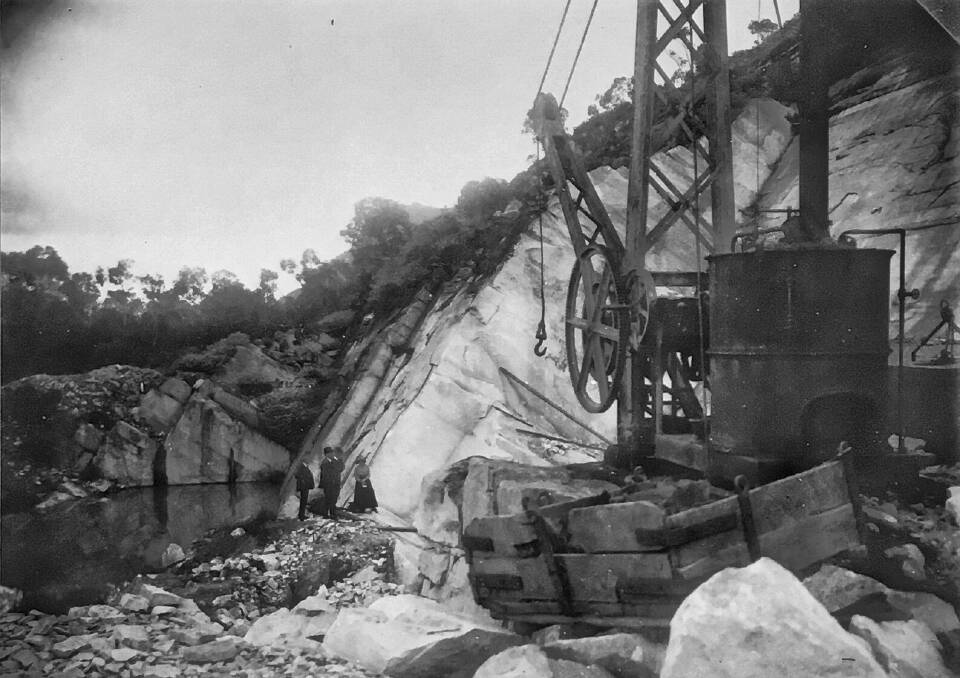
Early in the 1860s, Francis Watkins, a stonemason from Stawell, discovered an outcrop of freestone at the base of the Mount Difficult Range.
Subscribe now for unlimited access.
$0/
(min cost $0)
or signup to continue reading
Watkins was a stonemason from Northern Ireland, who sailed to Victoria during the Gold Rush. He was living in Stawell in 1861 when he set off on a hunting trip to the Grampians.
Watkins made several return visits to the area and found the best stone in a section of the range. lt appeared to be extremely durable.
He secured a lease for the site at a cost of 25 pounds and submitted samples for Government projects following the successful use of the stone in the construction of the Stawell Courthouse in Patrick Street.
He found that quarrying the stone, like the mountain it came from, difficult.
The stone was unusually hard, and once it was cut from the hillside, getting it away was another hurdle.
As well as having to cross Mount William Creek, there were no roads and miles of thick scrub seven to eight feet high to pass through.
By the 1880s the stone was accepted to be of a high quality and later a tramway was built from Stawell to the quarry by the Public Works Department.
Some of the more notable buildings in Melbourne that used stone from the Heatherlie Quarry are the old GPO building, Parliament House, Melbourne Town Hall and the Harbour Trust Building.
Production of stone from the quarry peaked in the 1880s. In 1886-87 over 100 men were employed at the quarry and lived in crude stone and timber huts adjacent to the quarry. Many of these men came from Italy.
The township of Heatherlie was declared and surveyed and in August 1888 a school was moved from Darra to cater for the 33 children present at the time.
However, by October of the following year the school was closed with only four children attending.
This was thought to be attributed to the poor living conditions, the inclement weather and the quarry workers choice to travel home on weekends to their families in Stawell.
The quarry closed in 1893 after the Public Works Department contract ceased.
It was later re-opened by a private firm at the turn of the century and closed again due to lack of orders in 1938.
Some minor extractions of the freestone occurred in 1971 and 1981.
The stone is still used today in small quantities for the repair and maintenance of existing buildings that were built of the stone from the Heatherlie quarry.
Wildflower expeditions from Ararat and Stawell to Heathelie were undertaken by train until the line was officially closed in 1949, with all but a few pieces of the line removed in 1951.

